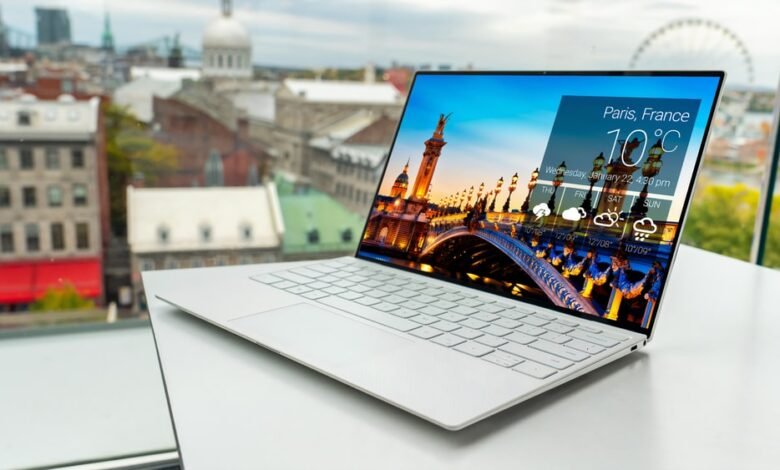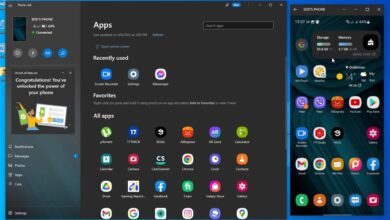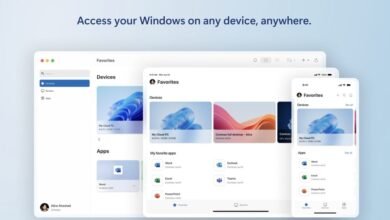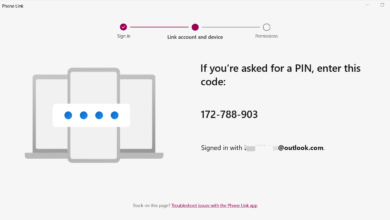Flip & Fund: The Smart Guide to Selling Your Laptop Fast and for Top Value

Introduction
Selling a laptop can feel like a chore: you want the best price, a smooth sale, and peace of mind about your data. This guide walks you through every important step from prepping hardware and protecting personal information to choosing the best platform and writing a listing that converts. I’ll focus on practical, trustworthy advice you can use whether you’re selling an old work machine, an upgrade from a recent purchase, or a gifted device you don’t need. The approach follows EEAT principles: clear experience-based tips, actionable steps you can trust, and strategies that build buyer confidence. Read on and you’ll finish with a ready-to-post listing, a competitive price, and a safe, professional selling process that lowers hassle and raises returns.
Why sell your laptop now
Deciding when to sell matters more than most people think. Technology loses value over time, but demand for well-maintained laptops persists especially when a model is still supported by the maker or fits a common buyer need (students, creators, remote workers). Selling before a planned upgrade or before a big OS update can help you capture more of your laptop’s remaining value. Also consider seasonality: back-to-school and holiday seasons often mean more buyers and higher prices. Your goal matters too: do you want the fastest sale or the highest return? A fast sale may favor local marketplaces with lower prices, whereas a patient seller can get better offers on specialized marketplaces or trade-in services. Finally, factor in effort cleaning and data wiping take time but raise trust and price. Knowing your goal (speed vs. price) and reasonable timing will shape every next step, from pricing to which platforms to use.
Prepare your laptop for sale
Preparing the device is the single best way to increase buyer trust and final sale price. Start with backups: copy personal files to an external drive or cloud storage, and make sure you can access any software licenses you want to transfer. Then sign out of accounts (Google, Apple ID, Microsoft) and perform a full factory reset or clean OS installation so the buyer gets a fresh start and your data is gone. Physically clean the laptop keyboard, screen, vents and repair minor issues if the cost is low (new battery, replacement charger, tighten a loose hinge). Take clear photos of the actual device from several angles, and note serial/model numbers and original specs: CPU, RAM, storage, GPU, screen size/condition, and any included accessories. Keep records of purchase receipts, service history, and original box if available these increase buyer trust and let you justify a stronger price.
Choose the right selling channel
Which channel you choose affects price, time, and effort. Local marketplaces and community apps often bring quick sales with cash-in-hand but usually lower average prices and more in-person coordination. National marketplaces and auction sites reach more buyers and can yield higher prices for in-demand models, but require shipping and careful packaging. Trade-in services and buyback platforms offer convenience and a guaranteed payout, but typically pay less than private buyers. If privacy and simplicity are priorities, certified trade-in or manufacturer buyback programs reduce risk. If maximizing return matters, list on two channels simultaneously (e.g., local + online) and be transparent in listings about condition and return policy to build trust. For high-value machines, consider a two-step approach: get trade-in quotes for a fallback and list publicly for private buyers first. Whichever route you choose, compare fees, shipping costs, and payout timelines before committing.
Set a competitive price & create a listing that sells
Pricing well requires research and honesty. Start by searching sold listings for your exact model and specs focus on completed sales rather than asking prices. Adjust for condition: flawless units can command a premium, while cosmetic or battery issues justify discounts. Factor in included accessories (charger, case, original box) and whether you’re offering warranty or returns. Aim slightly above the price you’ll accept to leave room for negotiation. For the listing, write an honest, clear headline that includes brand, model, CPU, RAM, storage, and key condition notes. In the description, highlight positive points (recent battery replacement, upgraded SSD), mention any faults clearly, and include the exact specs and photos. Use bullet points for readability, and state your preferred payment and shipping options. A transparent, detailed listing builds trust, reduces questions, and often speeds up the sale buyers pay more when they feel informed.
Conclusion
Selling your laptop is a small project with big payoff when you do it right. Prepare the device carefully, pick the selling channel that matches your priorities, and price your machine based on real market data and honest condition notes. Clean photos and transparent descriptions earn buyer trust and better offers, while proper data wiping protects you and speeds the transfer. Whether you want a quick sale or maximum value, the steps above give a clear pathway to a safe, profitable transaction. Follow them, and you’ll finish with cash in your pocket — and the confidence that you handled the sale like a pro.
FAQs
Q: Should I factory reset before selling?
Yes. Backup personal files first, then sign out of all accounts and perform a factory reset or clean OS install. This removes your data and ensures the buyer receives a fresh system. Also remove linked devices from manufacturer accounts to avoid activation locks.
Q: How much can I reasonably expect for an older laptop?
Prices vary by model, specs, and condition. Research completed sales for the same model and adjust for battery health, screen condition, and upgrades. Expect trade-ins to pay less than private sales; be realistic and price slightly above your minimum to allow bargaining.
Q: Is it safer to meet locally or ship the laptop?
Local, in-person cash transactions reduce shipping risk and fees but require safe meeting arrangements. Shipping reaches more buyers and can fetch higher prices but needs careful packaging, tracking, and insurance to avoid disputes. Choose based on price difference and your comfort with logistics.
Q: What documents or accessories increase sale value?
Original charger, box, receipts, service history, warranty papers, and accessories like a protective case or external drive add value and buyer confidence. Even original packaging can justify higher offers.
Q: Can I transfer software licenses?
Some licenses transfer; others don’t. Check terms for OS activation, paid apps, and OEM software. For non-transferable licenses, deactivate them before selling and mention this in the listing to avoid buyer confusion.



